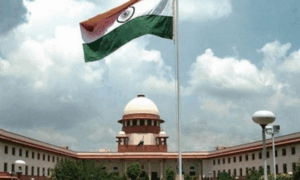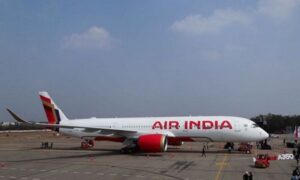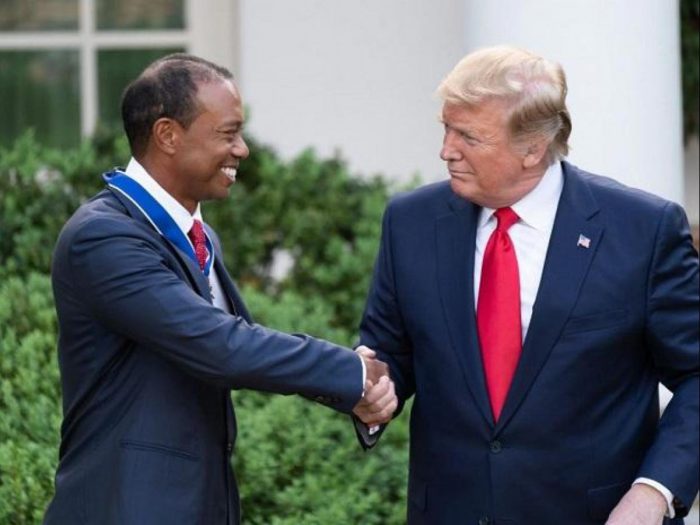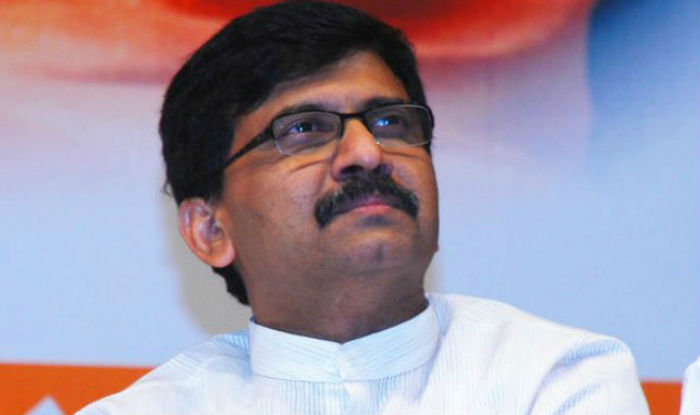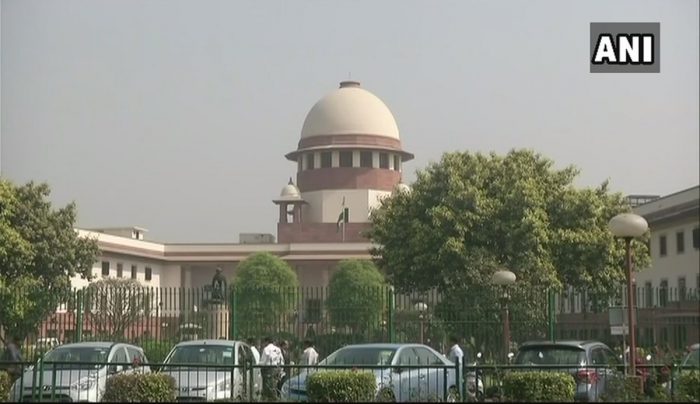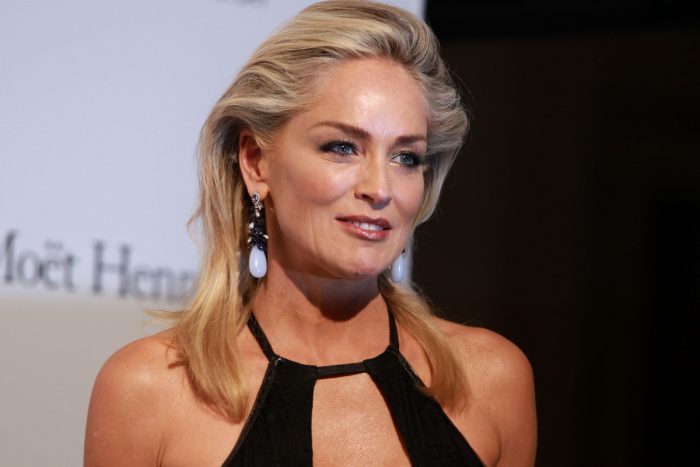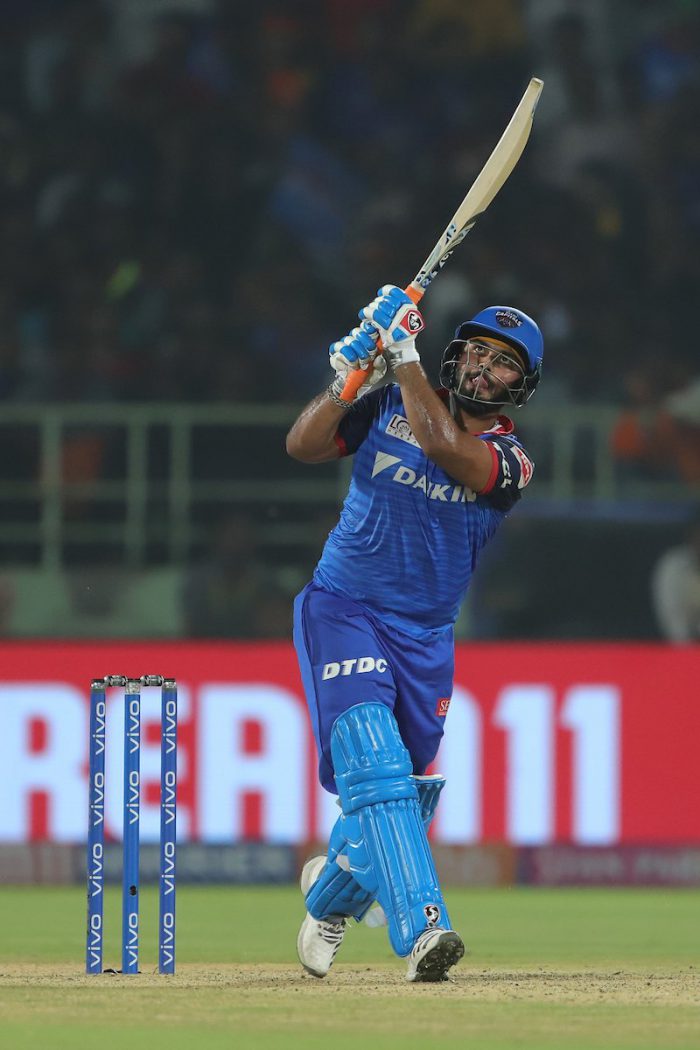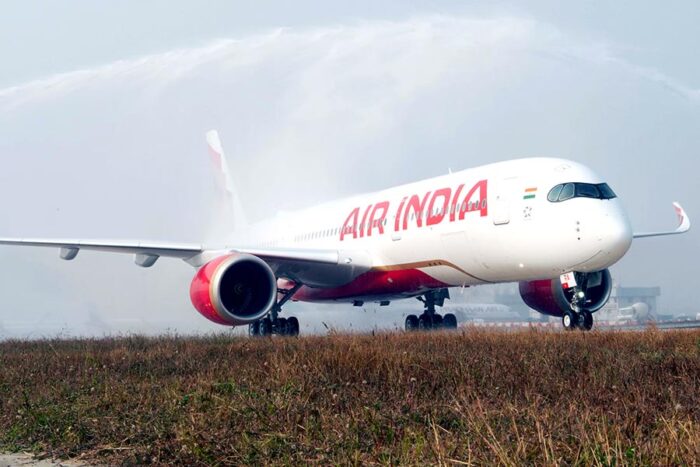
Image : Representational Purpose Only
When Nevill Vintcent, a veteran World War I pilot moved to India, he realised the scope for aviation in India was much greater. He then came up with an idea of a domestic airmail service that would pick up the international mail in Karachi and deliver it to destinations in India within 24 hours. Unfortunately, he could not find any takers for his idea, until Sir JRD Tata, (who himself was a pilot), came to knew about it. He instantly supported Vintcent and thus, Tata Air Mail was born, with an investment of Rs 2L.
The chief pilot of this new airline was Vintcent. Tata Air Mail’s maiden flight took off from Karachi on 15 October 1932, wherein JRD Tata carried the mail from Karachi to Mumbai. Excited JRD said, “On an exciting October dawn in 1932, a Puss Moth and I soared joyfully from Karachi with our first precious load of mail, on an inaugural flight to Bombay.”
Later on, recalling old days JRD said, “We were a small team in those days. We shared successes and failures, the joys and headaches, as together we built up the enterprise which later was to blossom into Air-India and Air-India International.”
Thus, ‘The Maharaja’ was born! While Air India was founded as Tata Airlines in 1932 as the country’s first airline, but was nationalized in 1953. The airline launched its maiden international route with a Bombay-London flight. It was on this flight that its iconic mascot Maharaja was used. Later on, it also became the first Asian airline to induct jet aircraft and started flying to New York in 1960.
However, while JRD undoubtedly gave wings to a nation with his love for aviation, the person who has been completely forgotten in the buzz of privatisation is the man who actually thought up the idea of Air India, and whom JRD himself referred to as “undoubtedly the founder of Indian air transport”.
Later, in 2007, Air India which flew international flights, was merged with the domestic carrier, Indian Airlines, to reduce losses. Unfortunately, the losses only grew which eventually made way for it’s privatisation. In January 2022, Tata Group took over Air India from the government, bringing hope for India’s debt-ridden, loss-making and grossly inefficient flag carrier which was run into the ground by successive governments. Welcoming Air India back into the fold of the Tata Group, Tata Sons chairman emeritus Ratan Tata said: “On an emotional note, Air India, under the leadership of Mr JRD Tata had, at one time, gained the reputation of being one of the most prestigious airlines in the world. Tatas will have the opportunity of regaining the image and reputation it enjoyed in earlier years. Mr JRD Tata would have been overjoyed if he was in our midst today.”
Two years later, while Tata is struggling with its turnaround, though it has a roadmap to bring back the lost glory, just as it is in the process of merging its four airlines: Vistara, jointly owned with Singapore Airlines, and Air India into a full-service carrier, and Air India Express with AIX Connect into a low-cost airline. Over the two years, Tata has introduced several measures to make the sick airline healthy but it is still far from restoring the high status Air India had when the group owned it before its nationalisation in 1953. The recent incidents of flights being delayed beyond traveller’s patience and careless food packaging, crew on strike have only added to it’s woes.
In two years of Tata taking control of Air India, though the airline has expanded its operations along with major changes in it’s working style, the biggest challenges Tata has faced in turning around Air India are the people and the work culture. A bloated airline that had been performing badly for decades will certainly need time to be turned around though there were high expectations from Tata of a magic makeover.
[the_ad id=”55722″]




